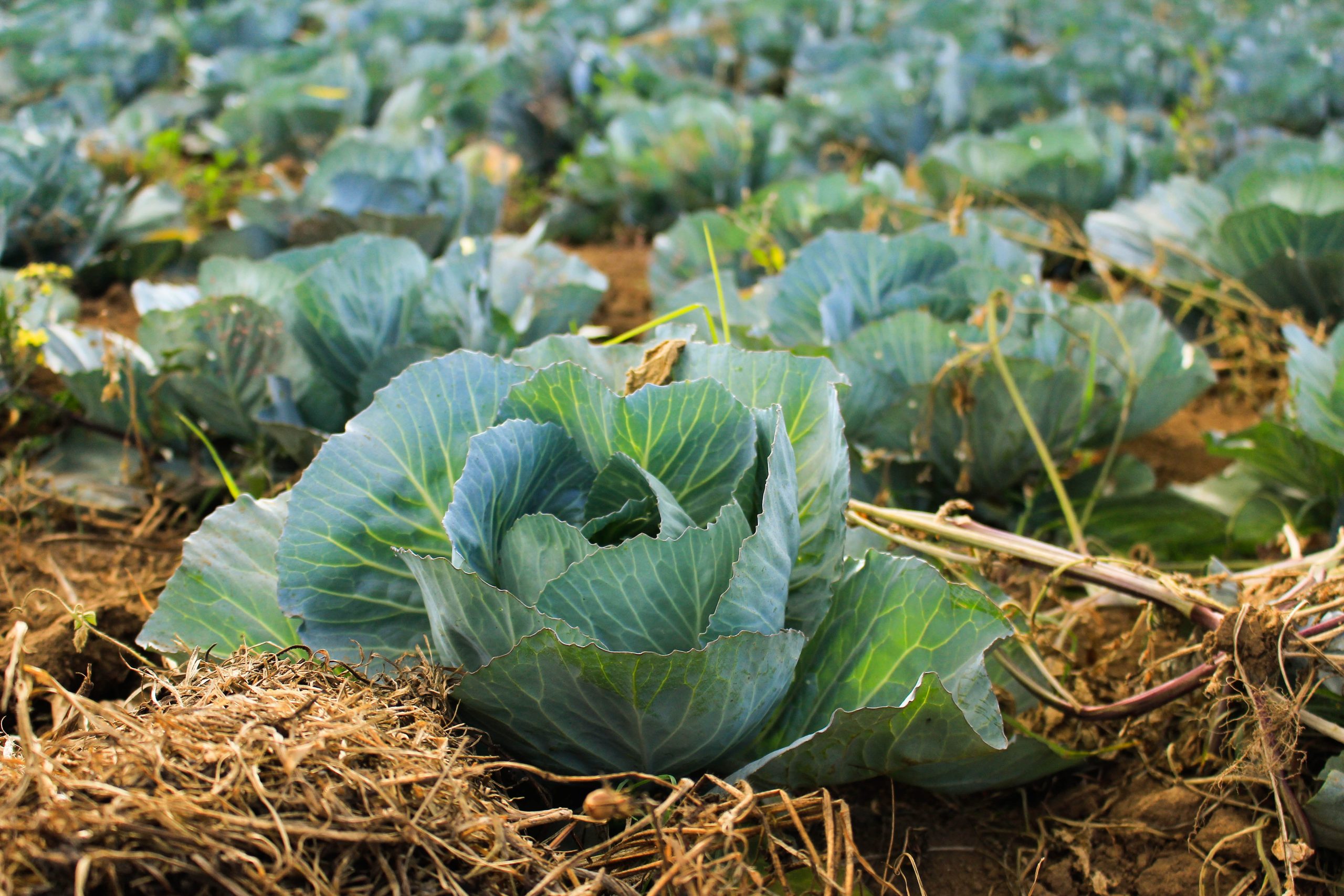Growing your own vegetables can be a rewarding and cost-effective way to provide fresh, healthy produce for your family. However, it can be frustrating when your plants don’t produce as much as you had hoped. Fortunately, there are several techniques you can use to maximize your yield and get the most out of your vegetable garden. In this article, we’ll explore some of the most effective techniques for boosting vegetable production.
Choosing the Right Varieties
One of the most important factors in maximizing your yield is choosing the right varieties of vegetables to grow. Some varieties are more productive than others, and some are better suited to your climate and soil conditions. When selecting seeds or seedlings, look for varieties that are known for their high yields and disease resistance. You can also consult with local gardening experts or extension agents to find out which varieties are best suited to your area.
Preparing the Soil
Healthy soil is essential for maximizing your yield. Before planting, it’s important to prepare your soil by adding organic matter such as compost or well-rotted manure. This will help improve soil structure, fertility, and water-holding capacity. You can also add amendments such as lime or sulfur to adjust the pH level of your soil to the optimal range for your chosen vegetables.
Planting at the Right Time
Planting at the right time is crucial for maximizing your yield. Different vegetables have different planting times, and planting too early or too late can result in poor yields. Consult a planting calendar or gardening guide to determine the best planting times for your area. You can also use techniques such as succession planting to extend your harvest season and maximize your yield.
Providing Adequate Water
Water is essential for plant growth, and providing adequate water is crucial for maximizing your yield. Most vegetables require at least 1 inch of water per week, either from rainfall or irrigation. To avoid overwatering or underwatering, it’s important to monitor soil moisture levels and adjust your watering schedule accordingly. You can also use techniques such as drip irrigation or soaker hoses to deliver water directly to the roots of your plants.
Fertilizing Regularly
Fertilizing your plants regularly is another key factor in maximizing your yield. Most vegetables require a balanced fertilizer that contains nitrogen, phosphorus, and potassium. You can use organic fertilizers such as compost or fish emulsion, or synthetic fertilizers such as granular or liquid fertilizers. It’s important to follow the manufacturer’s instructions and avoid overfertilizing, which can damage your plants and reduce your yield.
Controlling Pests and Diseases
Pests and diseases can quickly reduce your yield if left unchecked. To minimize the risk of pest and disease problems, it’s important to practice good garden hygiene, such as removing plant debris and rotating crops. You can also use natural pest control methods such as companion planting, beneficial insects, and organic pesticides. If you do need to use chemical pesticides, be sure to follow the manufacturer’s instructions and use them sparingly.
Harvesting at the Right Time
Harvesting your vegetables at the right time is crucial for maximizing your yield. Most vegetables are at their peak flavor and nutrition when they are fully ripe. However, waiting too long to harvest can result in overripe or spoiled produce. Consult a harvesting guide or gardening book to determine the best time to harvest your vegetables. You can also use techniques such as staggered harvesting to extend your harvest season and maximize your yield.
Conclusion
Maximizing your yield requires a combination of careful planning, proper soil preparation, and good gardening practices. By choosing the right varieties, preparing your soil, planting at the right time, providing adequate water and fertilizer, controlling pests and diseases, and harvesting at the right time, you can boost your vegetable production and enjoy a bountiful harvest. With a little effort and attention to detail, you can turn your vegetable garden into a productive and rewarding source of fresh, healthy produce.




